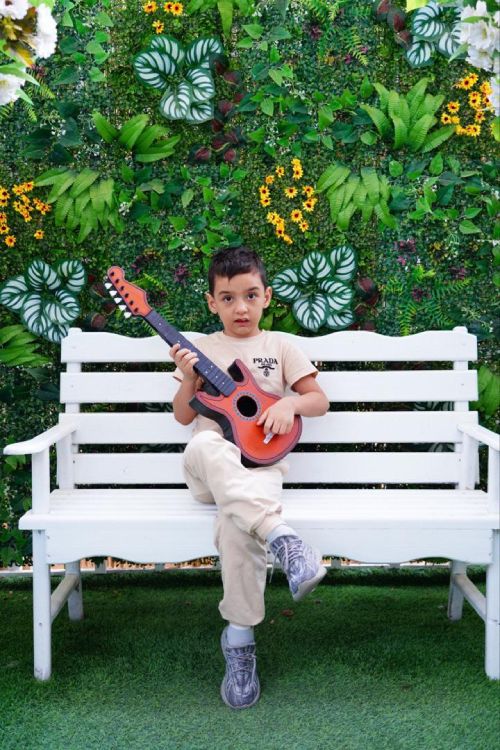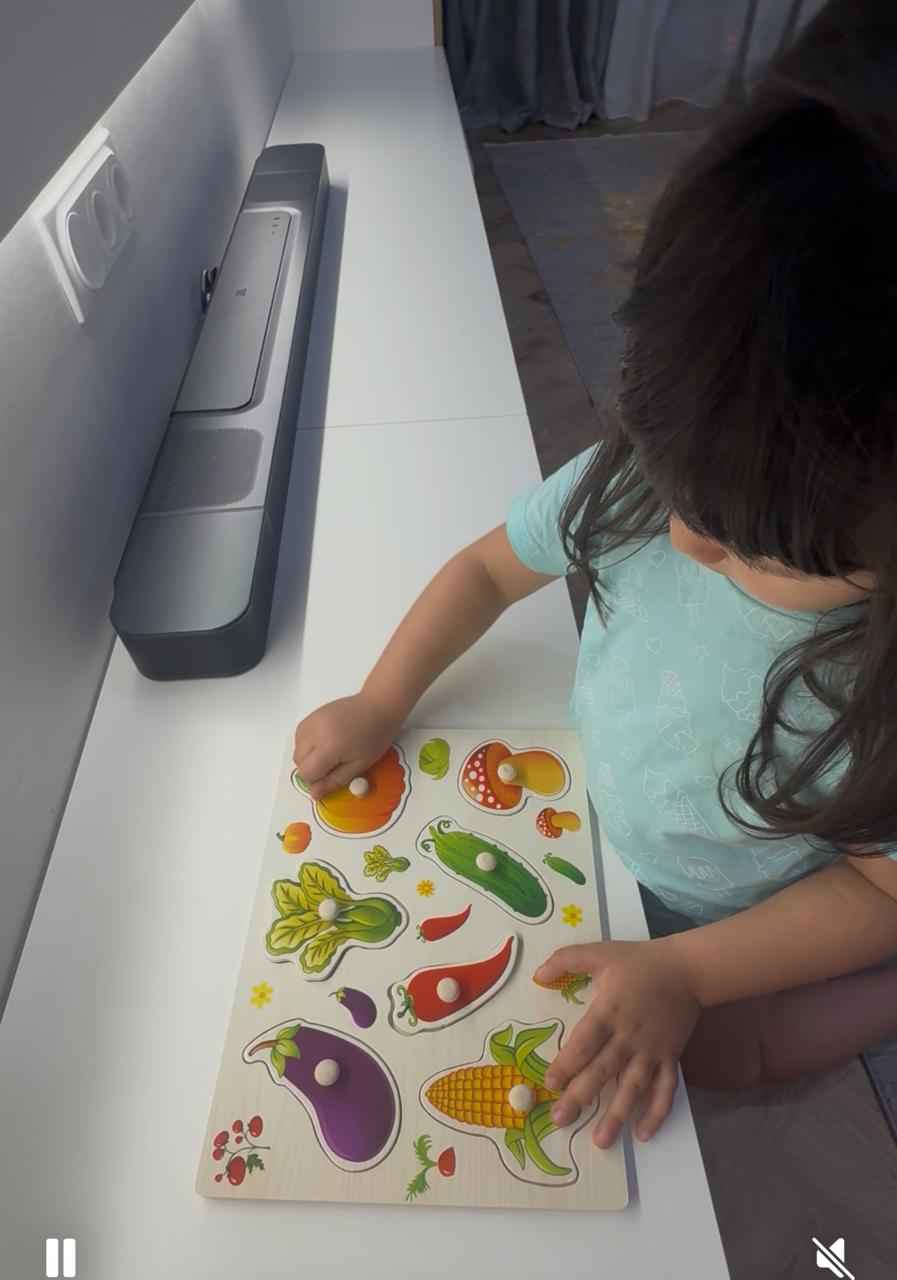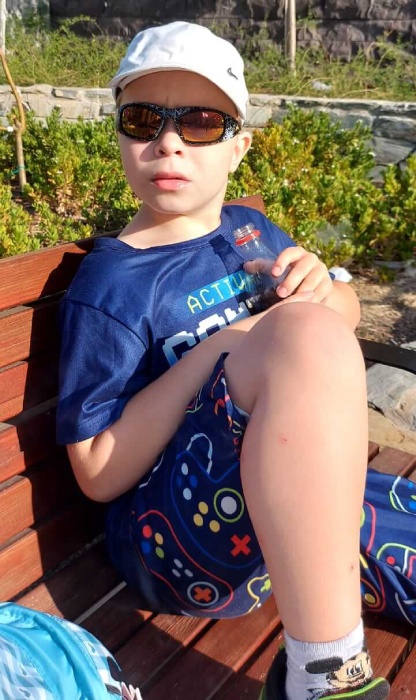Daily Routine for a Child with Autism
Stability, consistency, and predictability are the main aspects for the well-being of a child with autism. An environment where the child feels confident and comfortable is created through a daily routine tailored to the needs of the child and the family.
Key Considerations for Planning a Routine:
- Sleep Schedule: Pay attention to when the child usually wakes up and goes to bed. Some children with autism may struggle with falling asleep or waking up early.
- Meals: Take into account the child’s food preferences, meal times, and any specific dietary needs or sensitivities.
- Sensitivity to Environment: Be mindful of stimuli (light, sound, smell) that may either irritate or comfort the child.
- Physical Activity: Understand the importance of physical activity for the child and identify preferred types of exercises or games.
Create a Visual Schedule
Children with autism often understand information better through visual aids. Use pictures, charts, or simple images to represent each activity.
- Picture-Based Schedule: Represent each task or event with an image (e.g., a plate for meals, a toothbrush for hygiene).
- Timers or Visual Cues: Use tools like sand timers or digital timers to indicate transitions between activities.
Break the Day into Clear Segments
Divide the day into clear blocks of time so the child knows what to expect. In addition to basic tasks like waking up, hygiene, meals, and naps (for younger children), include:
- Physical activity and outdoor time;
- Playtime;
- Quiet activities (drawing, looking at pictures, reading books, or watching TV);
- Specialized sessions (working with a speech therapist, therapist, or special education teacher);
- Social integration tasks (learning simple household chores, helping parents).
Include breaks between activities, but be aware that children with autism may struggle with transitions. Use visual or auditory signals, like a timer, to prepare the child for changes in activities.
Address Sensory Needs
Children with autism may have heightened sensitivities to sounds, lights, smells, or textures. Understanding these needs can help create a more comfortable environment:
- For sensitivity to loud sounds, use noise-canceling headphones or reduce volume levels.
- For discomfort with certain clothing textures, choose softer, more comfortable fabrics.
Allow Flexibility in the Routine
Unexpected situations or changes in the schedule can cause stress. Include flexibility in the routine, such as “change days” or moments that allow slight deviations from the usual schedule.
Stem Cell Transplantation – Early Autism Correction
Autism Treatment Center Videos
Autism treatment with own stem cells
Cord blood association congress
International Quality Crown
Autism Treatment Reviews
Autism treatment with own stem cells
The story of Alessandro (6 years old)
Autism Patient Testimonial - Stem Cell Treatment
Clients Testimonials

Amirkhon’s father — Tokhir Read More

Dilana’s mother Read More

Irina and Stefan – Ilya’s parents Read More

Kristina – mother of Nelly and Nik Read More

Marina and Grigory – Maxim’s parents Read More












